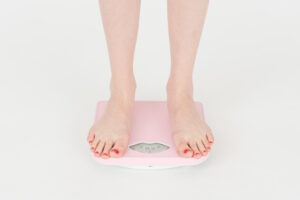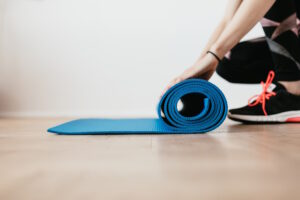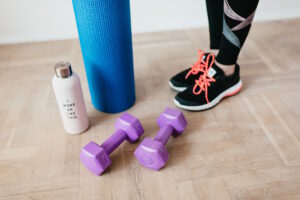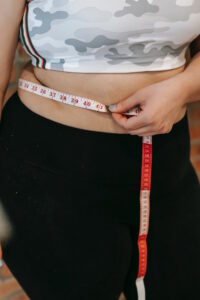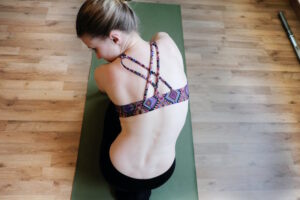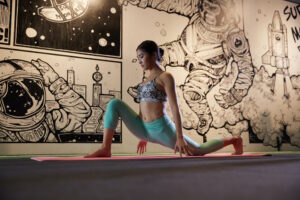
As a popular exercise method that focuses on core strength, flexibility, and body awareness, Pilates has gained attention as a potential aid in weight loss. However, the question remains: Can Pilates alone help you lose weight? In this comprehensive guide, we will explore the effectiveness of Pilates for weight loss, the time it takes to see results, its impact on belly fat, whether Pilates is sufficient as a standalone exercise for weight loss, and its potential benefits for individuals with higher body weights.
How long does it take to lose weight with Pilates?
The time it takes to lose weight with Pilates can vary from person to person, as it depends on various factors such as starting weight, frequency of practice, diet, and individual metabolism. While Pilates can contribute to weight loss, it might not provide rapid results compared to high-intensity cardio exercises.
Consistency and commitment are crucial when using Pilates for weight loss. Engaging in Pilates sessions 2 to 3 times a week, combined with a balanced and nutritious diet, can lead to noticeable changes within a few weeks. However, it’s essential to set realistic expectations and avoid comparing your progress to others. Sustainable weight loss takes time, and the key is to remain dedicated to your Pilates practice and overall fitness journey.
Is Pilates a good way to lose belly fat?
Pilates can be an effective method for targeting and reducing belly fat when combined with a healthy lifestyle. While spot reduction (targeting fat loss in specific areas) is not possible through exercise alone, Pilates can help tone and strengthen the abdominal muscles, leading to improved core stability and a flatter appearance.
Moreover, Pilates promotes better posture, which can make the stomach look more toned even before significant fat loss occurs. By engaging the core and practicing Pilates consistently, you can support your weight loss efforts and achieve a more defined midsection.
Is only doing Pilates enough?
While Pilates offers numerous benefits for overall health and fitness, relying solely on Pilates for weight loss might not yield optimal results for everyone. Pilates is not primarily known for its calorie-burning capabilities like high-intensity cardio workouts.
To maximize weight loss and achieve well-rounded fitness, it’s beneficial to combine Pilates with other exercise methods. Incorporating cardiovascular exercises like running, cycling, or swimming can increase calorie burn and promote fat loss. Additionally, including resistance training or strength exercises can help build lean muscle, which contributes to a higher metabolic rate at rest.
A balanced approach that combines Pilates with other forms of exercise and a healthy diet is often the most effective way to achieve sustainable weight loss and overall fitness.
Can a fat person lose weight with Pilates?
Yes, individuals with higher body weights can certainly lose weight with Pilates. Pilates is a low-impact exercise method that can be adapted to accommodate people of all fitness levels and body sizes.
One of the advantages of Pilates is its gentle nature, which makes it suitable for those with joint issues or who are new to exercise. As individuals consistently practice Pilates, they can gradually increase the intensity of their sessions, making it an excellent option for weight loss and overall fitness.
It’s essential to remember that weight loss is a gradual process and varies from person to person. By combining Pilates with a balanced diet and potentially incorporating other exercise methods, individuals of all body sizes can achieve meaningful and sustainable weight loss results.
In summary, Pilates can contribute to weight loss and toning when practiced consistently and combined with a balanced diet. While it might not be the most intense calorie-burning exercise, Pilates offers valuable benefits for core strength, flexibility, and body awareness. To achieve optimal weight loss and overall fitness, it’s advisable to supplement Pilates with other forms of exercise, such as cardio workouts and strength training. By adopting a well-rounded fitness routine and maintaining a healthy lifestyle, individuals can achieve their weight loss goals and experience improved well-being and body confidence.
